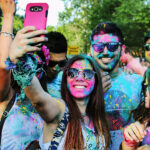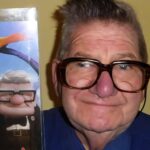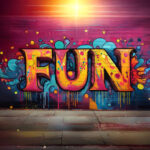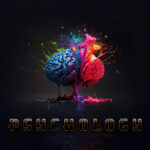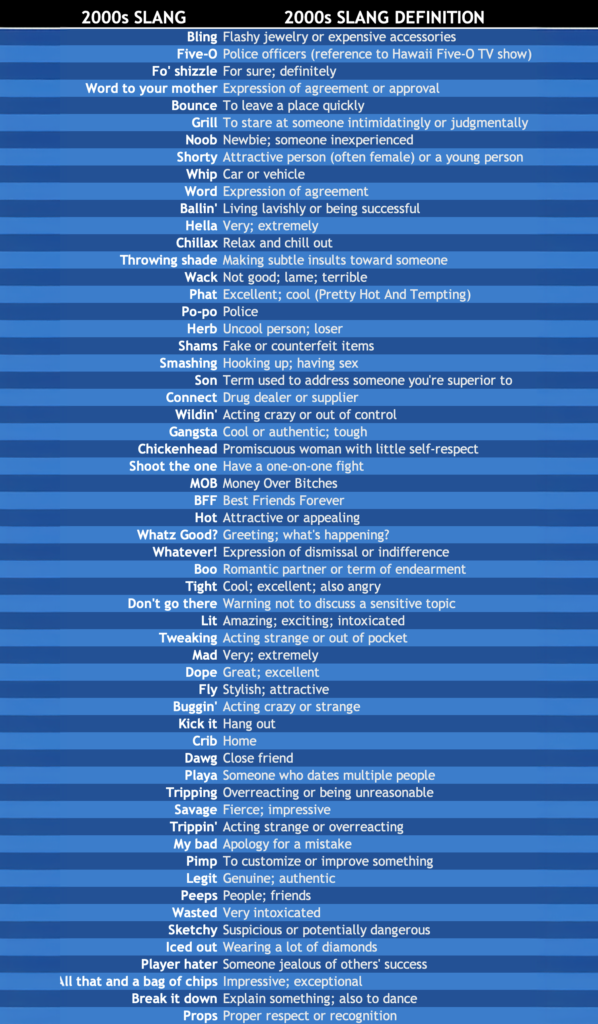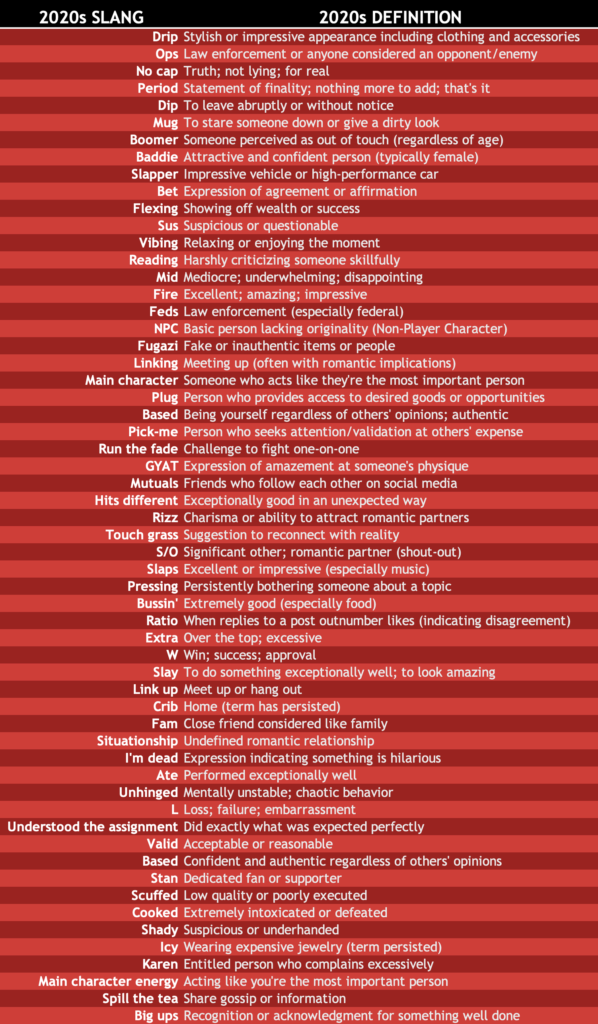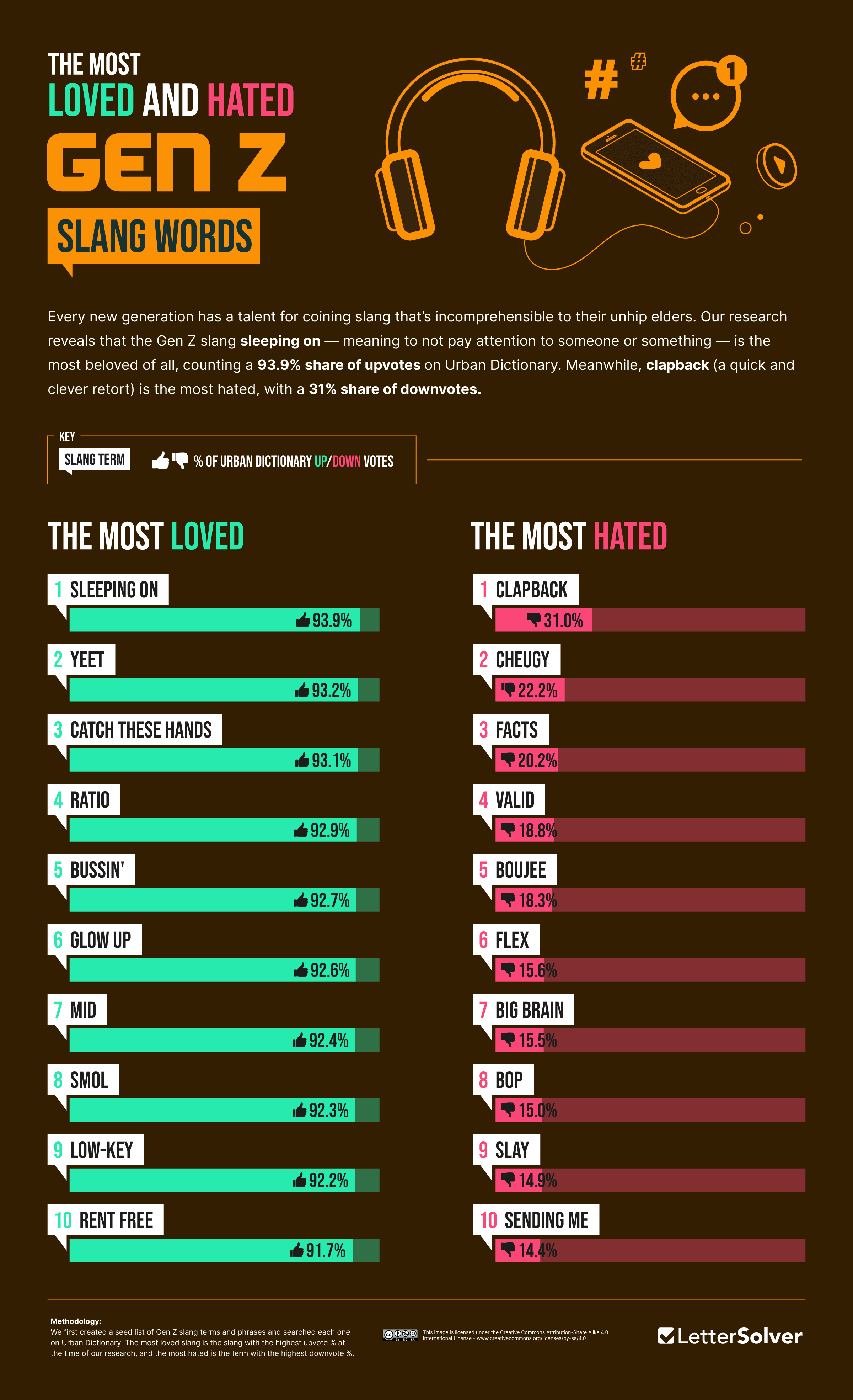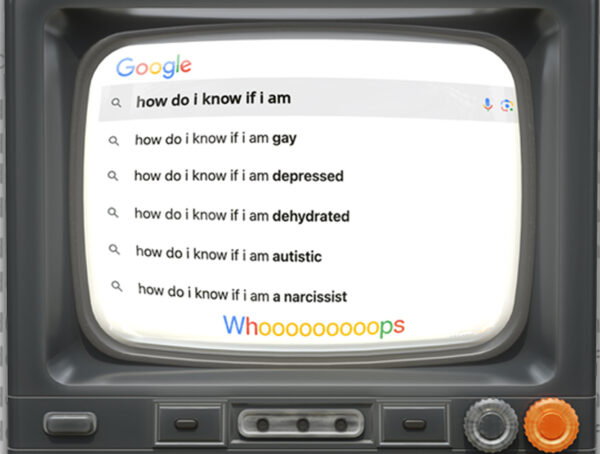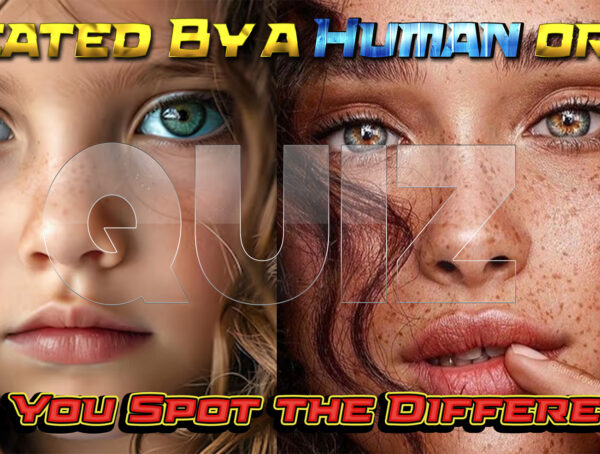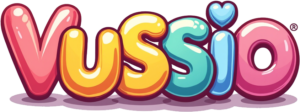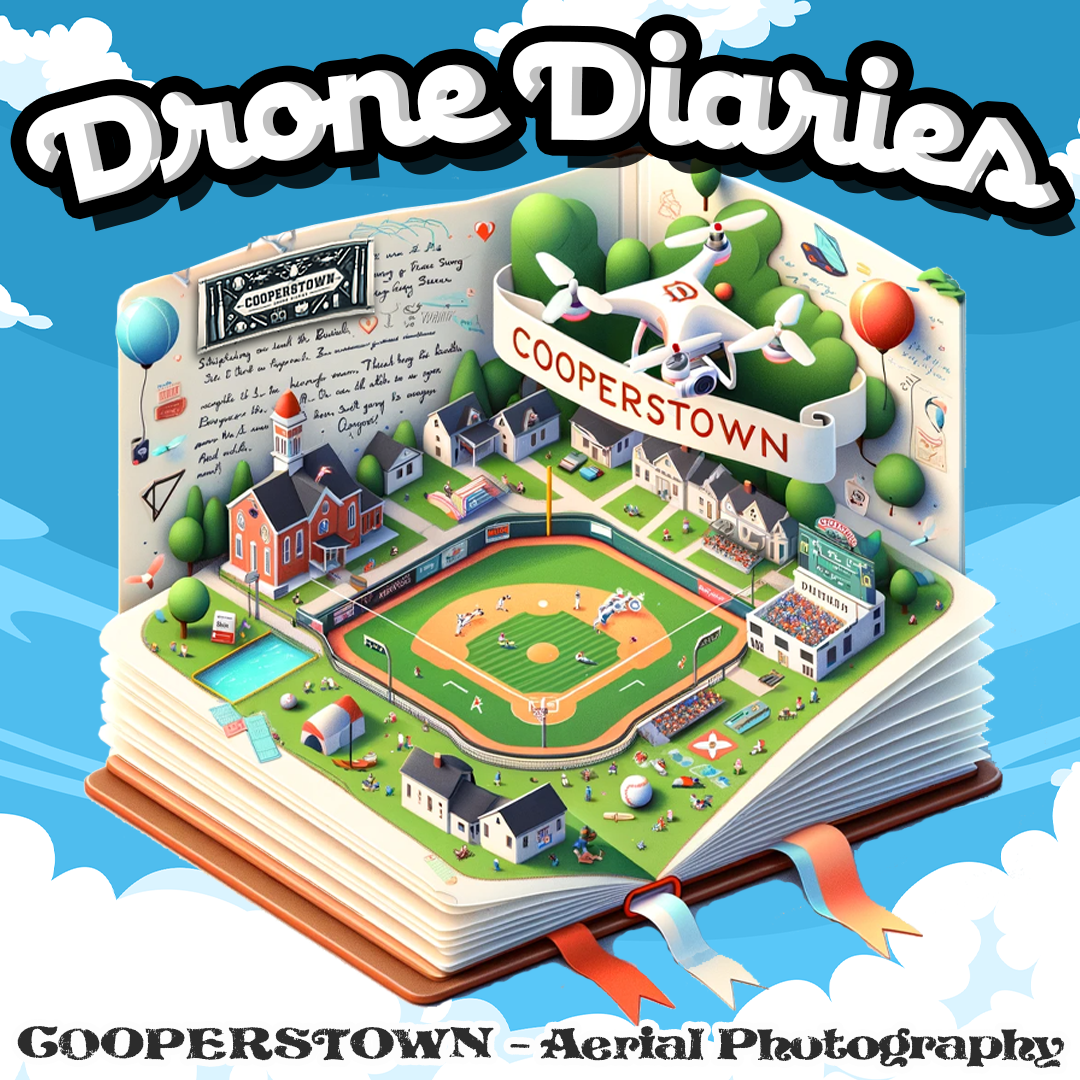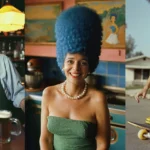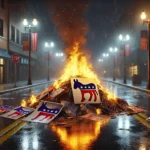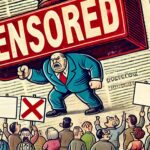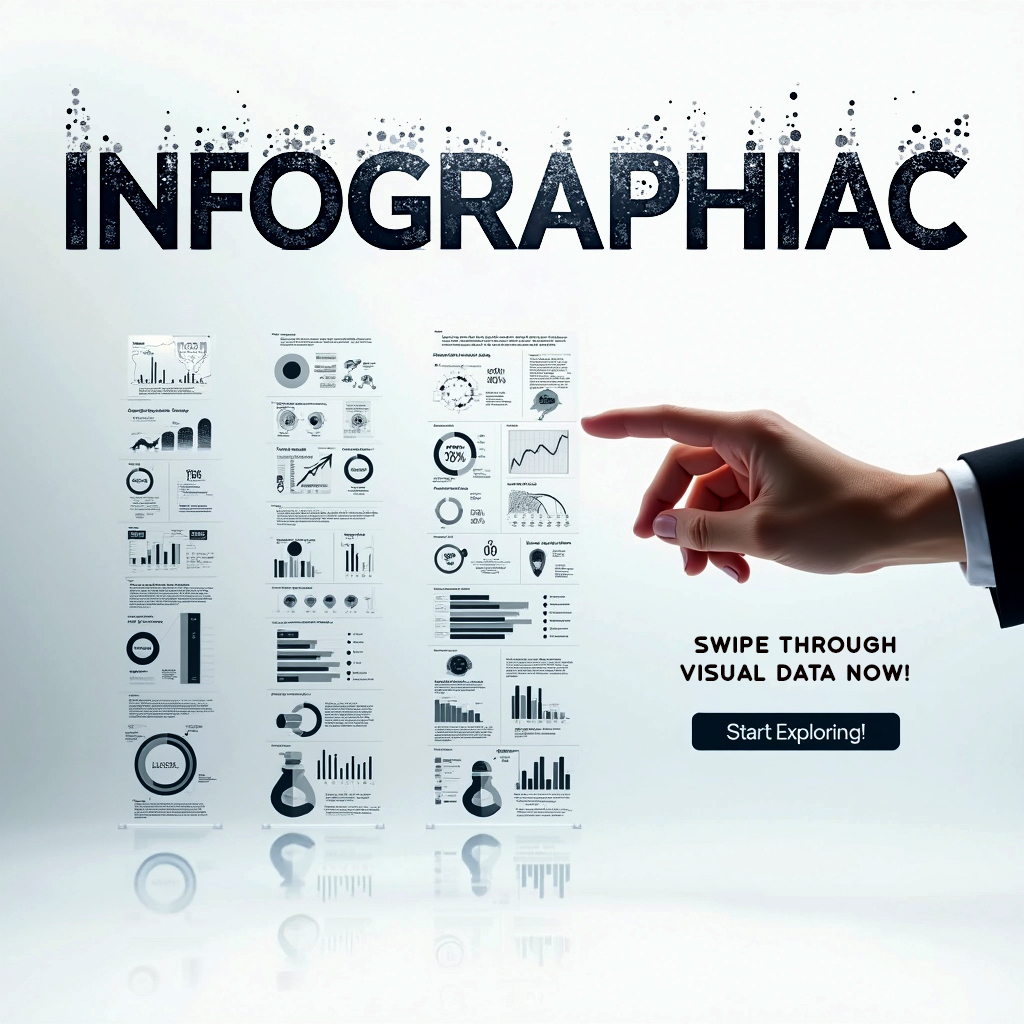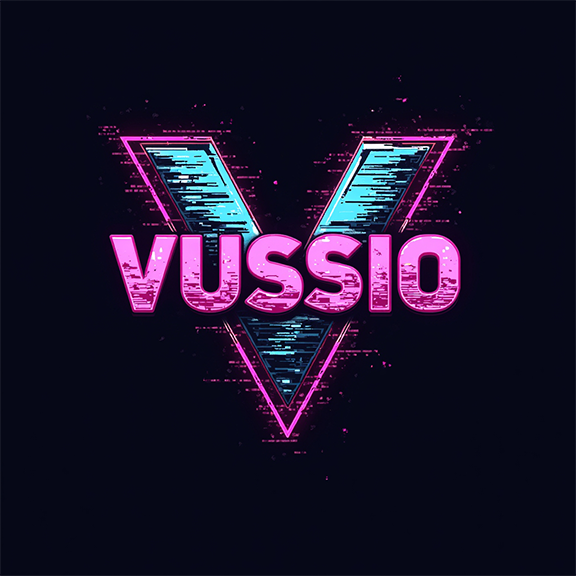Imagine slang as a living species. In the wild landscape of language, words compete for relevance. Only the sharpest, flashiest, or funniest endure. Slang isn’t just cultural commentary, it’s cultural currency. A badge of belonging and a way to shape identity in real time
Words like “bling” and “shorty” didn’t just appear, they were outputs of specific generative engines: hip hop, pop culture, and urban identity construction. But today, in 2025, those engines are no longer analog. They’re digital, memetic, and algorithmically driven.
Gen Z sources confirm that “Bro’s got rizz, no cap” has officially replaced human small talk of last generation, transmitting 400% more clout per syllable than traditional greetings like “hello” or “Wut’s up.”
To understand the mechanism behind this, we have to rewind to a time when slang still had a slower half-life. Let’s begin with ‘bling.’
🎤 The 2000s: When “Bling” Was King
A word so dazzling it practically sounds like jewelry. The term “bling” was first used in the late 1990s but became synonymous with the excesses of early 2000s culture. It generally refers to gaudy jewellery, think expensive gold chains and diamond-encrusted grills. What is interesting is that the word itself is an onomatopoeia. It sounds like the sparkle of a gem. Bling! 💎.
Rappers like B.G. and Lil Wayne helped popularize the term in songs, but its adoption exploded through pop culture and even made it into the Oxford English Dictionary in 2003. That’s right, bling went from the streets to the scholars.
When we talk about grills, or should we say grillz, we are talking of the metallic fashion accessory for teeth (and status symbol). Flashing your wealth with your teeth was what getting your grill done was all about. Oral opulence.
Another 2000s staple? Fo’ shizzle. A playful derivative of “for sure,” it was part of Snoop Dogg’s linguistic empire. You could fo’ shizzle your nizzle and suddenly sound like you were in on the joke. It wasn’t just about communication, it was about style. This playful manipulation of language emphasized not only the creativity of expression but also the camaraderie it fostered among peers. As the phrase spread beyond Snoop Dogg’s influence, it highlighted how slang can serve as a cultural bridge, connecting individuals through shared humor and identity. In a broader context, linguistic innovations such as these can also touch upon the psychological effects of swearing, showcasing how informal language can act as a release valve for emotions, allowing individuals to bond over shared experiences and feelings. Furthermore, slang words and phrases can create an immediate sense of belonging and identity among users, evoking a sense of loyalty to the cultural origins of the language. As friends share these unique expressions, they strengthen their connections and build a collective memory that is often filled with laughter and understanding. This phenomenon aligns with the psychological effects of swearing, as informal language not only serves as a tool for emotional release but also reinforces social bonds, allowing individuals to navigate complex feelings with humor and camaraderie.
Llet’s talk about mad. “Mad” in this case doesn’t refer to angry, but rather “Yo! That concert was mad good.” So, in this context, “mad” is an intensifier and could replace “very” or “really.” Does this make sense? But it’s counter-intuitive, right? It bends logic. But somehow… it works. Slang usually turns meaning on its head. “Bad” means good. “Sick” means awesome. And “mad” means intensely positive. This chaotic twist on language? That’s mad fascinating.
And who could forget shorty? Usually used to describe a young woman, shorty did not always mean this. However, its most recent meanings may be more interesting. Shorty comes from hip hop and New York street slang. How you use the term totally depends on the tone and context. It could be casual or objectifying.
⚡️Fast Forward to 2025: The Era of Rizz and Drip
I grew up saying “mad good,” “bling,” and occasionally “tight,” so hearing Gen Z toss around phrases like “That slaps. No cap. Bro’s got rizz” is like watching a dialect evolve in real time. And honestly, it’s kind of beautiful.
Gen Z has fully reprogrammed the language software we thought we’d already updated back in the “bling” days. If you’re hearing stuff like “That slaps. No cap. Bro’s got the rizz” and feeling like you just opened TikTok without context, it’s all good. Let’s figure this out: With new phrases popping up faster than trends on social media, it’s easy to feel overwhelmed by the evolving lexicon. To help bridge the gap between generations, you might even want to take on a “gen z slang test challenge” with friends or family. This fun activity not only brings everyone up to speed but also sparks laughter and connection as you decode the latest slang together.
“Slaps” is their way of saying something hits hard; in a good way. It usually refers to music, but also anything that lands just right. It’s visceral, like saying, “This track punched me in the feelings.”
“No cap” means “I’m not lying,” and yeah, it’s basically Gen Z’s way of swearing without sounding like your dad saying “I swear to God.”
Then we’ve got “rizz.” It’s synonymous to charisma, but condensed, TikTokified, and now used as both a noun and a verb, like “He’s got rizz,” or “I rizzed her up.” It really is impressive how they’ve distilled magnetic personal appeal into one syllable.
And “drip”? Well, it’s still about fashion and still about flex, but less “look at my chain” and more “look at the whole vibe.” It’s maximalist and curated like a walking Pinterest board in Jordans.
It’s wild, but honestly… it kind of works.
🔁 Echoes and Evolutions
Now, here’s something interesting: some 2000s’ slang are apparently coming back to life.
Take lit. Between the late 2000s and through the 2010s, lit saw a surge in usage to describe being intoxicated or a great party. Now it means something exciting, alive, or high-energy. A party can be lit, a tweet can be lit, even a Monday morning meeting… theoretically.
“Crib” is still used. It meant “home” then, and still does now. Some terms are too cozy to retire.
Even “savage” has remained in circulation. In the 2000s, it was rough, raw, unfiltered. Now? It’s actually a compliment. You did a thing that was brave, maybe a little rude, but totally admirable. “Savage.” Beyoncé even gave it a theme song.
🧠 Psychology of Slang
To speak is to bring order to being. And every generation must learn to speak in its own voice. Slang is that first experiment in sovereignty. It’s an attempt to name the world on your own terms, and not merely inherit someone else’s map.
Today’s slang of “mid,” “rizz,” “drip,” and others offers symbolic efficiency. It conveys complex emotional and social meaning in extraordinarily compact form. It works because it isn’t trying to be understood by everyone. In fact, it derives its power by distinguishing those who get it from those who don’t.
And that, oddly enough, is its sacred function. It initiates the speaker into a shared narrative. So, to those suffering from juvenoia, this isn’t the collapse of language. It’s its reconfiguration. And perhaps, if we pay close enough attention, we might learn something about what this generation finds worth saying.
👾 The Digital Dialect
In the 2000s, television, radio and films determined the meaning of slang. Now, it’s shaped by algorithms and creators.
NPC stands for non-player character. A character that acts like a background character in a video game. They lack independence. They just follow people, trends or memes. They are stuck in a loop. It’s a satirical comment about how we behave like NPCs, who are imitation vehicles that don’t evolve.
Or main character energy, a term of self-empowerment. It means seeing yourself as the lead character, with dramatic walking and music that plays only for you. You don’t need to wait for the world to happen. You can make it happen.
Even GYAT, a mishmash spelling of “gosh dang” made popular by streamers, has found its place. It often signals awe or, well… physical admiration. A bit unhinged, a bit niche, but unmistakably 2020s.
📋 Full List: 2000s vs. 2025s Slang
💬 The Future of Slang?
Slang is fast. Slang is fluid. And slang is fun.
As we move forward, we will see even further slang bifurcation, hyper-contextualization and more. Different platforms breed different dialects. TikTok is literally a different universe for slang than Twitter, or YouTube, or your group chat. And AI? Well, it might start using slang too (👀).
One thing’s for sure: language will always be playful, inventive and a little strange. Because language is human. As long as we guys will be vibing, rizzing, tripping, and flexing, we’ll keep finding new words for the same things.
If memes are the hieroglyphs of our age,
then slang is youth’s verbal jazz and their cryptic lexicon.
So keep it real, stay legit, and…
if someone calls you “mid,” remind them that Shakespeare invented half the dictionary.
More from Fun
You Won’t Believe What People Are Googling: Auto-Suggest Nightmares
Without a doubt, Google autocomplete is one of the most illuminating windows into the human psyche. It’s not some cold, …
Seeing Faces in Everyday Objects? Here’s What’s Really Happening
Human cognition is both a marvel and a mystery. It is a tool forged in the fires of evolution, honed …
Can You Tell If This Art Is Human or AI? Most People Can’t!
Once upon a time, art was the way humans flexed, a way to show off our emotions, imagination, and skill. …
